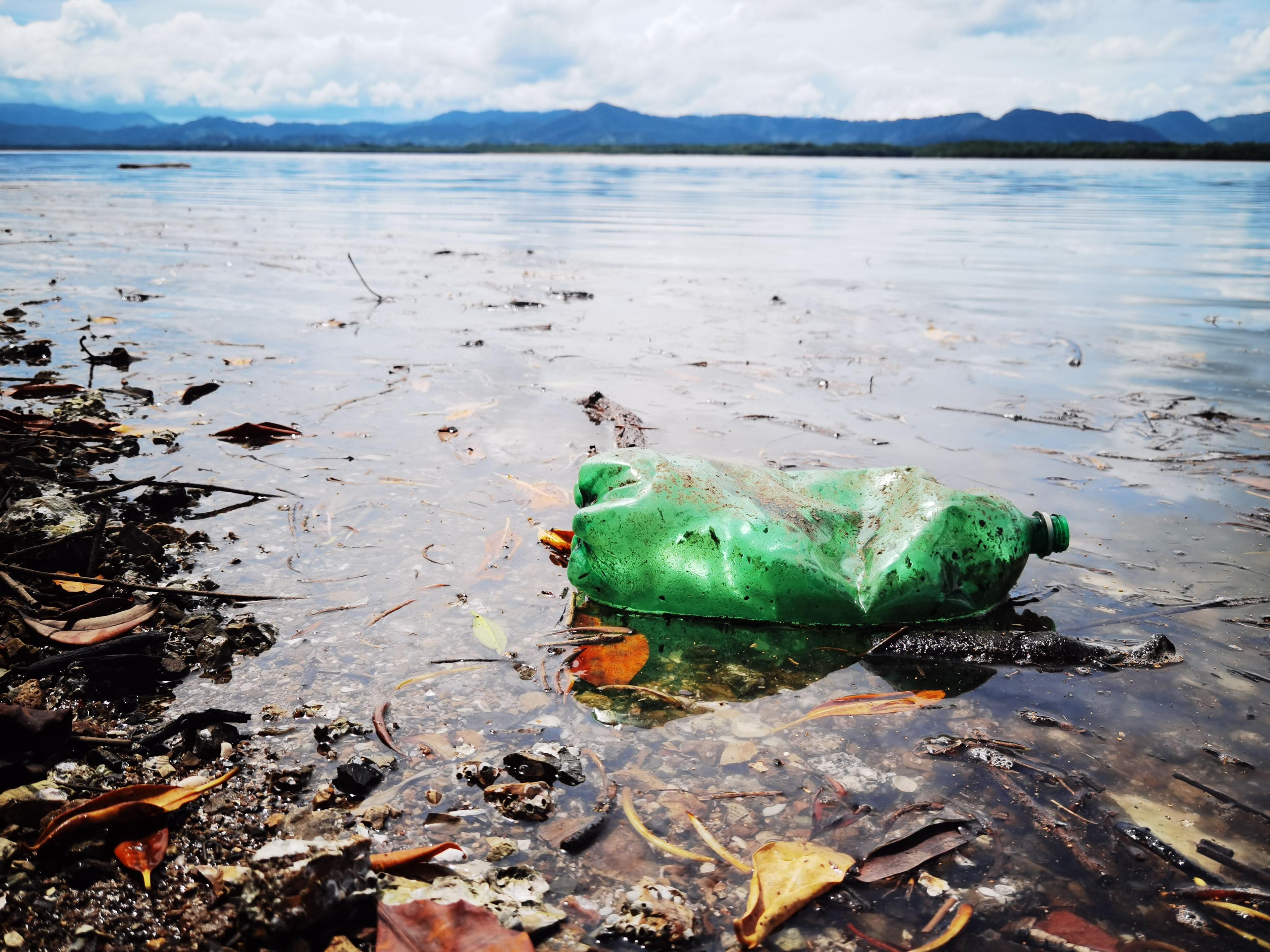Costa Rica is recognized at the Latin American level for the prohibition of plastic in protected wild areas. However, this recent policy can still be considered timid, said Alberto Quesada, regional coordinator of Marine Pollution for the MarViva Foundation.
The SINAC-DE-944-2020 directive banned in these areas starting in 2021 the entry, use and consumption of single-use plastic such as removers, straws (or straws), disposable cutlery and cups, food containers, non-reusable plastic bags, disposable plastic bottles and wrappers that are not part of the final product.
“The initiative that we have to discuss today is in fact part of a fairly robust legal framework that Costa Rica has. From Fundación MarViva we say that it is still timid, but it is going in the right direction,” says Quesada.
The coordinator clarifies that he does not underestimate the advances in the fight against plastics, since he is aware that they have helped political authorities to understand the urgency of treating it and to sensitize the population to their consumption of plastics.
Costa Rica has comprehensive policies that address the entire life cycle of plastics: production; commercialization, use and consumption; and safe waste management systems, and not only do they remain in the disposal of waste like many other laws.
They have, for example, the National Policy for Sustainable Public Procurement and the National Policy for Sustainable Production and Consumption, which focus on the reduction and elimination of plastics from production and consumption.
These advances correspond to the fulfillment of the United Nations Sustainable Development Goals (SDGs) and to the promotion of several civil society organizations.
The challenges of implementation
One year after the directive came into force, Rafael Rodríguez, executive director of the National System of Conservation Areas, points out that a great effort has been made to implement it, accompanied by environmental education campaigns, which has given the directive great success.
“Garbage has decreased, especially incidents of plastics of this type (single-use) on different trails and on beaches, and that is why we consider this an issue that has had good results,” Rodríguez points out.
However, like any policy, there are areas where further work needs to be done. For example, Quesada points out that, as in all of Latin America, supervising protected wild areas is a major challenge.
In the case of Costa Rica, the Ministry of Health is responsible for monitoring compliance with environmental laws on waste issues and, therefore, the effectiveness of the measure depends on its inspectors, he says.
In addition to the challenge of properly communicating and educating society on the issue of waste and of sensitizing some productive sectors, so that they stop thinking that recycling is the solution to the problem, when in reality it is necessary to address the entire life cycle of plastic.
Expansion of policies against plastic pollution
In 2019, Law No. 9786 was published to combat plastic pollution and protect the environment, which prohibits the marketing and free delivery of plastic bags in supermarkets and commercial establishments and straws.
In addition, it establishes restrictions on importers, producers, marketers and distributors of single-use plastic bottles and packaged products; as well as prohibits the purchase of single-use plastic items for new acquisitions or purchases by Public Administration institutions.
However, the law could not be applied due to the lack of a regulation for its implementation and it remained frozen until April 12 when the regulation came into force.
Quesada points out that this is the result of the success of the guideline in wild areas and that she hopes that in the short term, more measures will continue to be implemented to ban plastics in public spaces, for example at festivals.
The fight against plastics in Latin America
Latin America produces 21 million tons of plastic products and consumes 24 million tons annually, so per capita plastic consumption is 37 kilograms per capita per year, according to the Plastics Industry and Market Report in Latin America and the Caribbean.
The consequences of these levels of plastic production and consumption have a strong impact on ecosystems and human health. They are one of the main threats to marine ecosystems, and the pollution they generate is linked to all other existing environmental, social and economic problems.
The United Nations (UN) estimates that by 2050 there will be more plastic than fish in the sea and to avoid this scenario, countless agreements have been created, such as the recent Marine Litter Action Plan for the Northeast Pacific 2021-2026 between Mexico, Guatemala, El Salvador, Honduras, Nicaragua, Costa Rica, Panama and Colombia, which seeks to issue recommendations to help prevent, reduce and properly manage marine waste.
However, the report Breaking the Plastic Wave, prepared by the NGO The Pew Charitable Trusts and the company SYSTEMIQ, points out that current efforts to combat plastic pollution “will not be enough to prevent plastic pollution within budgetary and political constraints at current levels of plastic production.”
The report states that the only way to achieve systematic change that is significant and prevents the escape of plastics into the oceans is reduction through the elimination, reuse and replacement of products with this material.



Comentarios (0)